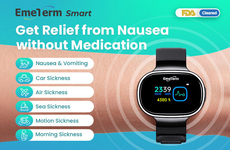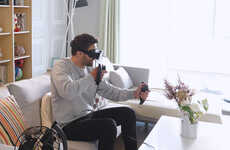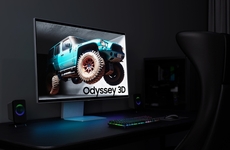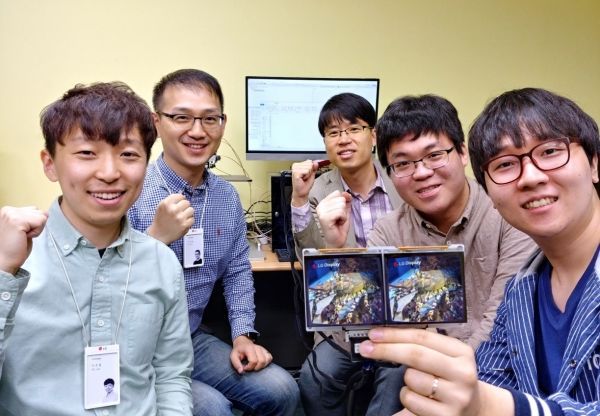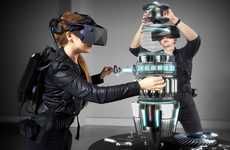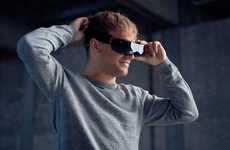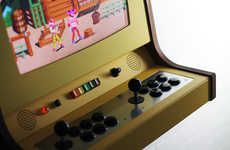
LG Has Developed a System for Nausea-Free VR
Justin Lam — June 1, 2018 — Tech
References: businesskorea.co.kr & venturebeat
VR enthusiasts often complain or take notice of the dizziness certain VR headsets can cause but thankfully LG has developed a new system to create nausea-free VR. Developed by LG subsidiary LG Display and Sogang University in South Korea, the new technology cuts down on motion-to-photon latency and motion blur, two common factors of nausea for VR headset users.
To create nausea free VR, the teams at LG Display and Sogang University developed a highly efficient deep learning algorithm. This particular algorithm upscales low-resolution images to high-resolution images in real time. This switching of resolutions reduces photon latency and motion blur to one fifth and addresses the elements associated with nausea. To measure these factors, the team also developed a precision motor that accurately measures photon latency and motion blur of VR devices.
Image Credit: Song University
To create nausea free VR, the teams at LG Display and Sogang University developed a highly efficient deep learning algorithm. This particular algorithm upscales low-resolution images to high-resolution images in real time. This switching of resolutions reduces photon latency and motion blur to one fifth and addresses the elements associated with nausea. To measure these factors, the team also developed a precision motor that accurately measures photon latency and motion blur of VR devices.
Image Credit: Song University
Trend Themes
1. Nausea-free VR - LG's system for creating nausea-free VR using a deep learning algorithm and precision motor measurements of photon latency and motion blur.
Industry Implications
1. Virtual Reality - Opportunity for VR companies to enhance user experience and attract more customers by eliminating motion sickness.
0.6
Score
Popularity
Activity
Freshness


